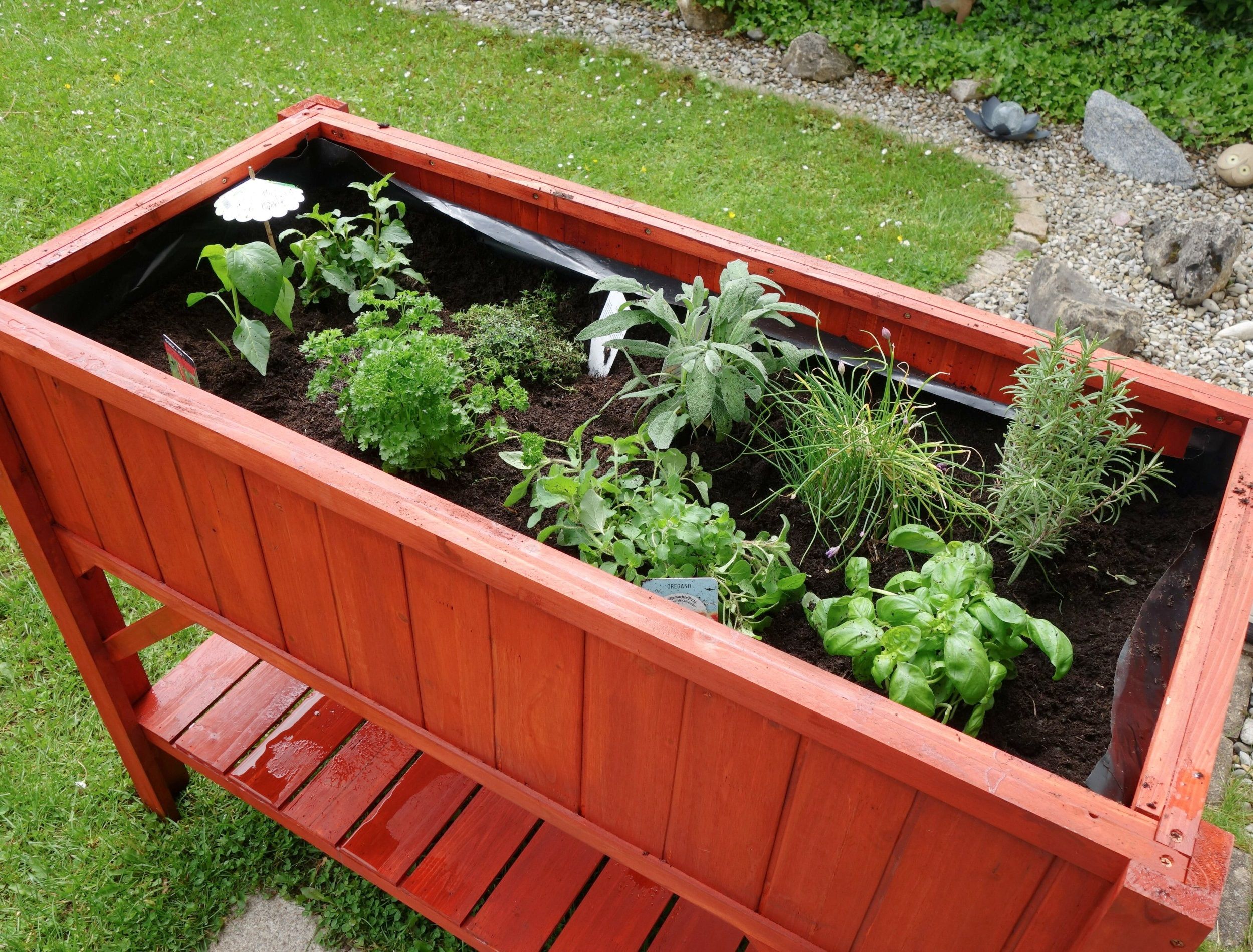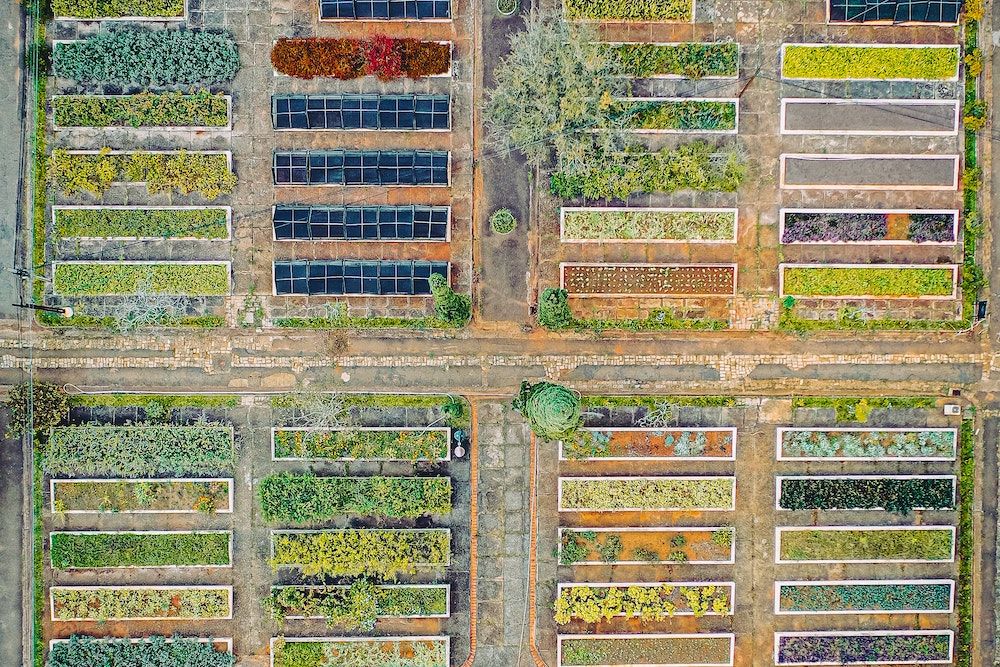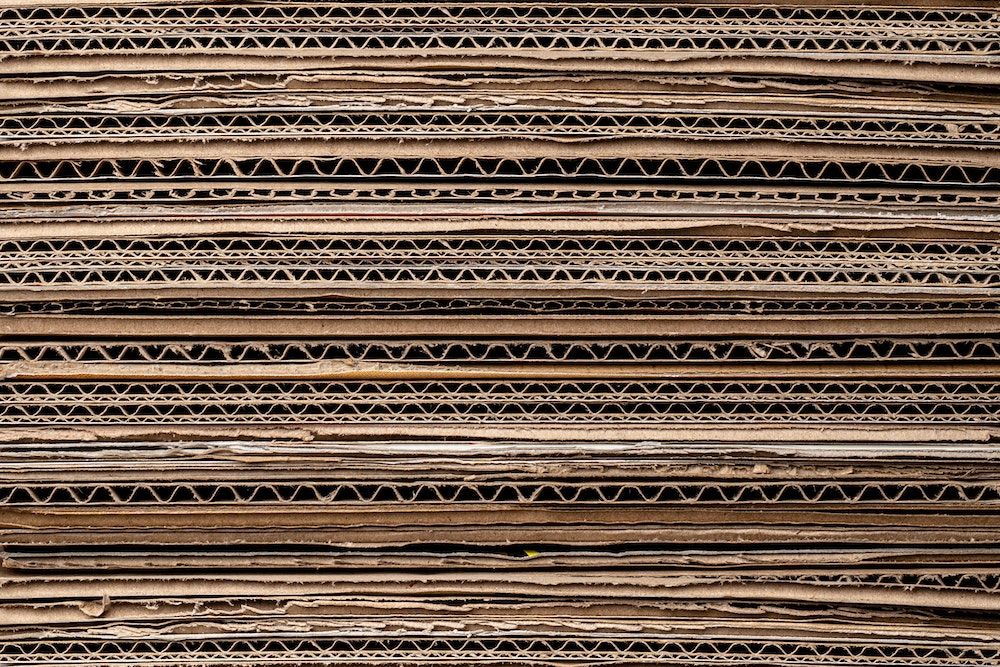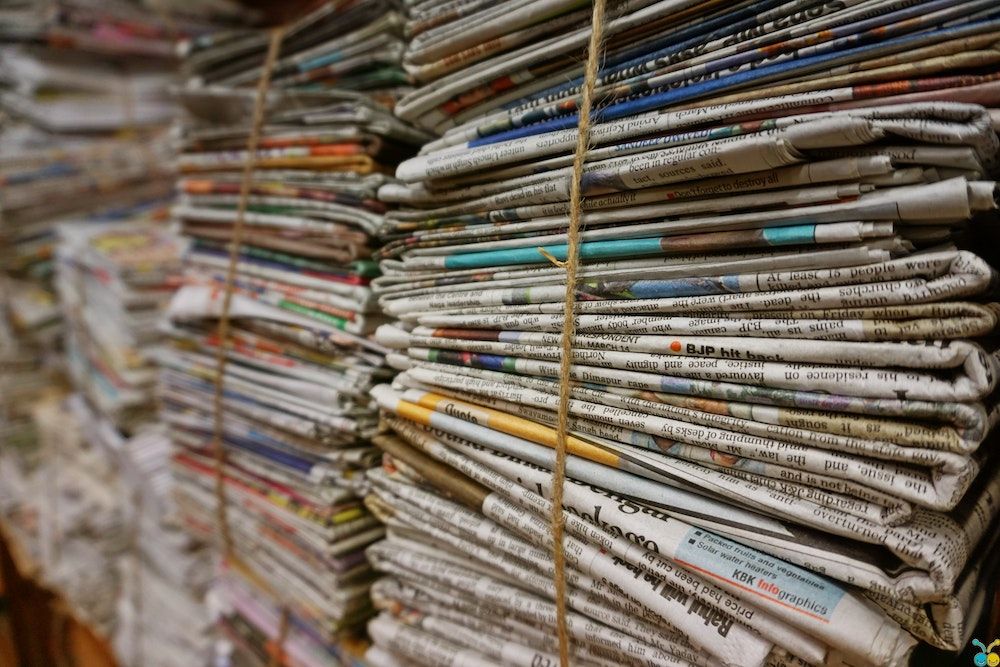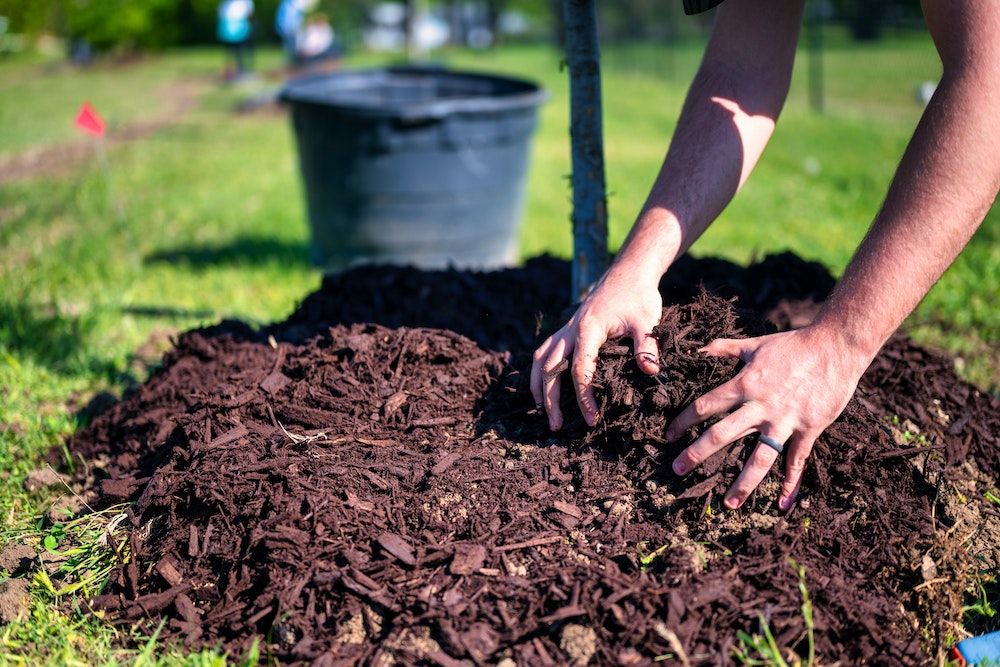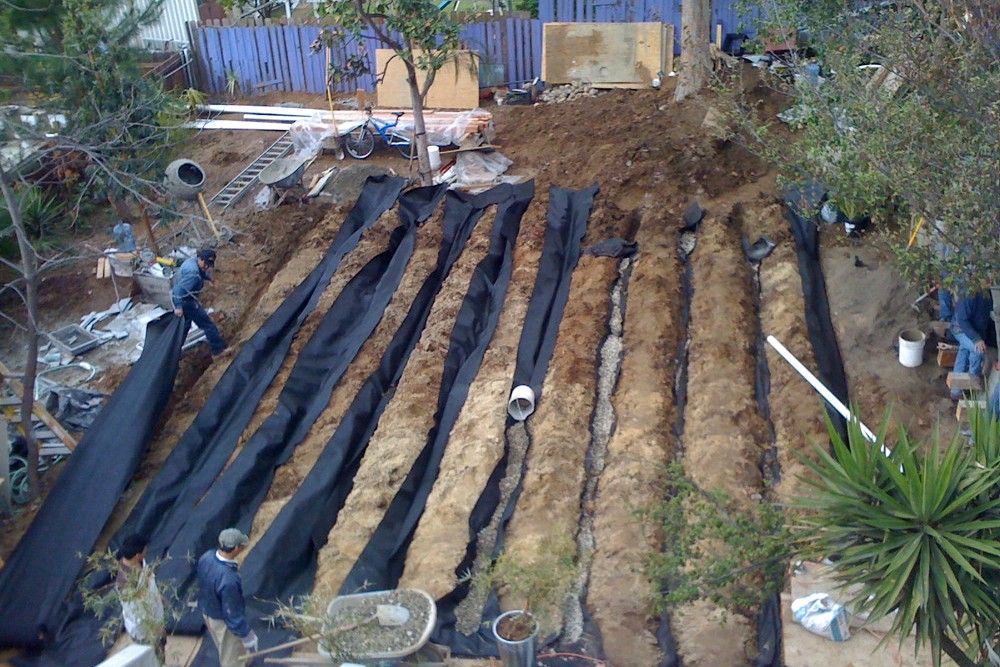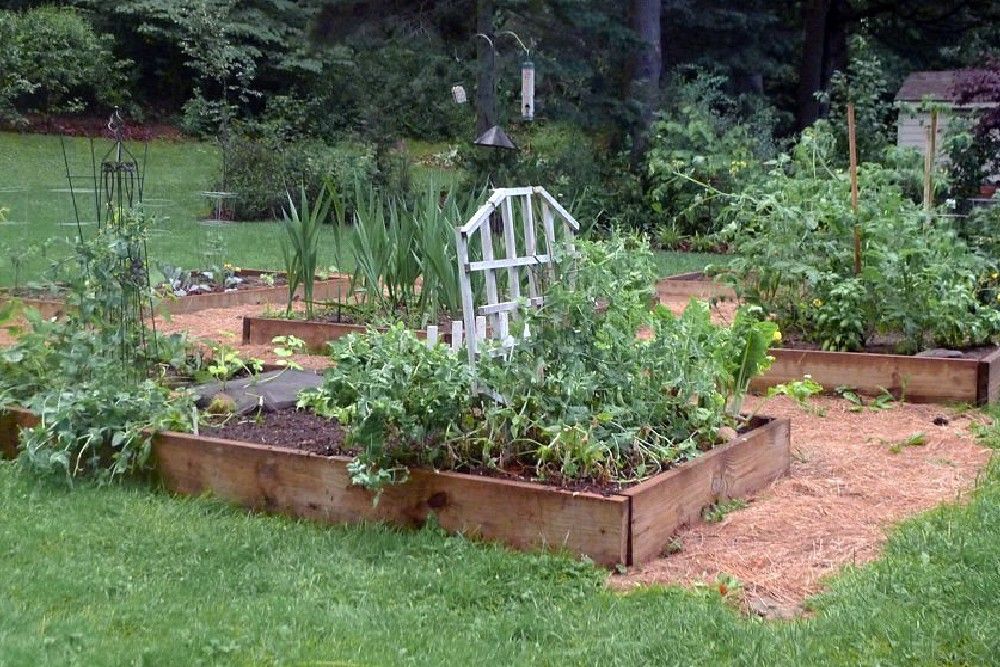A raised garden bed, or a high bed, can help you grow lots of organic fruits and veggies in your home garden with minimal effort on your part. Certainly, you can always build one yourself and they’ll last long enough to be worth the investment. Whether you’re growing veggies like cucumbers or herbs and flowers, raised garden beds might be the right move.
A raised bed can be made of various materials, but there are certain criteria on what to line or fill it with. Here, you'll discover the five best materials to put at the bottom of your raised beds and what you should use based on what you're growing.
What Is a Raised Bed?
Image credits: Sergio Souzavia via Pexels
A raised garden bed is an elevated part of your yard where you can freely garden. The structure sits on top of the ground about 2 to 3 feet in height. It can be made from several materials including wood, metal, or stones
You can use a raised bed to grow many things, including vegetables, herbs, flowers, and more. Raised beds allow you to grow food in small areas without much soil or space. Even better, if you have a bad back, this is a gardening must have.
Materials To Put at the Bottom of Your Raised Bed
Finding suitable materials to put at the bottom of your raised garden bed can be daunting.
You don’t want to make the wrong choice, or as a result, you'll have them rot or break down prematurely before you plant your garden! Here are some of the best materials to put at the bottom of your raised garden bed. Both from scratch, as well as existing beds that need an upgrade.
1) Cardboard
Image credits: Aleksandar Pasaric via Pexels
If you are budget-constrained, cardboard should be at the top of your list. Cardboard is cheap, readily available, and maybe just lying around your house.
They provide excellent drainage, so your plants are safe from root rot. You can line the bottom of your raised bed with cardboard, cover it with soil, and you are ready to go. And because it’s made from recycled material, you’ll feel good about your decision.
However, cardboard decomposes quickly and will not last as long as other materials. You can use thick sheets of cardboard containing layers, which will buy you some extra time.
When selecting your materials make sure it does not have a glossy surface or coating. When glossy cardboard decomposes, it produces toxic chemicals that harm your plants.
2) Newspaper
Image credits: Digital Buggu via Pexels
If you don’t have access to mulch or landscape fabric, consider laying down newspaper at the bottom of your raised bed instead. Newspapers are inexpensive and can help retain moisture in the soil below.
A great advantage: by layering newspapers, you can keep nematodes from ruining your soil.
Newspapers are thin; hence they decompose very quickly. Make sure you layer them well so you don’t have to replace them frequently. The thickness of the newspaper layer should be about 1/2 inch, although a thicker layer is better.
Once decomposed, the newspaper will release carbon into the soil. Microbes feed on the carbon, leading to healthier soil filled with nutrients.
3) Mulch
Image credits: Alfo Medeiros via Pexels
The best time to apply mulch is when you’re planting new plants, want to add some winter protection, or you need to amend the soil. But, you can also add it to the base of your raised garden beds.
For example, if your raised bed has been empty for a while, consider adding organic or inorganic mulch at the bottom. Simply cover it with soil and see your plants flourish.
Organic mulch is made from compost and chopped parts of a plant, adding nutrients to the soil while decomposing. If you can’t get your hands on organic mulch, you can buy inorganic mulch at any gardening store. Or, create your own!
If you have more than one raised bed, the paths between them should be wide enough to accommodate a wheelbarrow. This way you can get your needed materials to your work site without hassle.
Regardless of the mulch you use, it will prevent weeds from growing and lock moisture in your soil.
4) Landscape Fabric
Image credits: Jeremy Levine via Flickr
Lining your raised bed will make it last longer and prevent dangerous chemicals from contaminating the soil. If you're looking for an inexpensive weed barrier for your raised bed, try using landscape fabric. Manufacturers make landscape fabric from woven polypropylene, which allows air and water to flow through while preventing weeds from taking root.
It’s also easier to cut landscape fabric than cardboard and can be used as a weed barrier under mulch or on topsoil. Although, there are downsides to using this material -- it's costly and will discourage beneficial insects. But given the material’s durability, it will be worth your investment if you hate yard work.
Pro Tip: If you have a raised bed made from creosote railroad ties or arsenic-treated wood, it's best to remove the wood from your yard altogether. This will prevent the continued migration of toxins into your soil.
5) Plastic
Image credits: Idobi Collection via Pixabay
Plastic is yet another cheap material for your raised bed. If you have an old pool cover or plastic tarp, those will work great. If not, don't worry - a polypropylene garden bed liner from your local store will do the trick just fine.
Cut your drainage holes in the plastic sheeting before you lay it out beneath your raised bed. This will allow for water to drain properly and prevent problems later on.
Using a plastic lining to protect your vegetation creates a toxin-free barrier in your garden bed. Wood can unknowingly carry toxins, so it's best to err on the side of caution and lay down a plastic barrier.
Pro tip: Avoid using plastic as the base for your No-Dig bed; it will restrict air and moisture from reaching the soil beneath. Additionally, plastic can lead to waterlogging and other drainage issues within your bed so make sure to keep an eye on your plants.
The Best Location for Your Raised Bed
Image credits: Lori L. Stalteri via Flickr
You can use raised beds in various settings, from traditional garden beds to urban balconies. The best location for your raised bed is somewhere you can easily access and has plenty of sunlight and water, as most plants need 6 to 8 hours of daylight.
When picking a location, avoid windy areas and frost pockets. When considering the soil, avoid any marshy areas, as you need the water to drain well.
Level Up On The Gardening Front
If you’re not using a raised garden bed, it’s definitely time to start! Certainly, they make gardening so much easier and are perfect for small spaces. And if you have kids, they will love getting their hands dirty and helping in the garden.
What material will you use for your raised bed? Share in the comments below.

